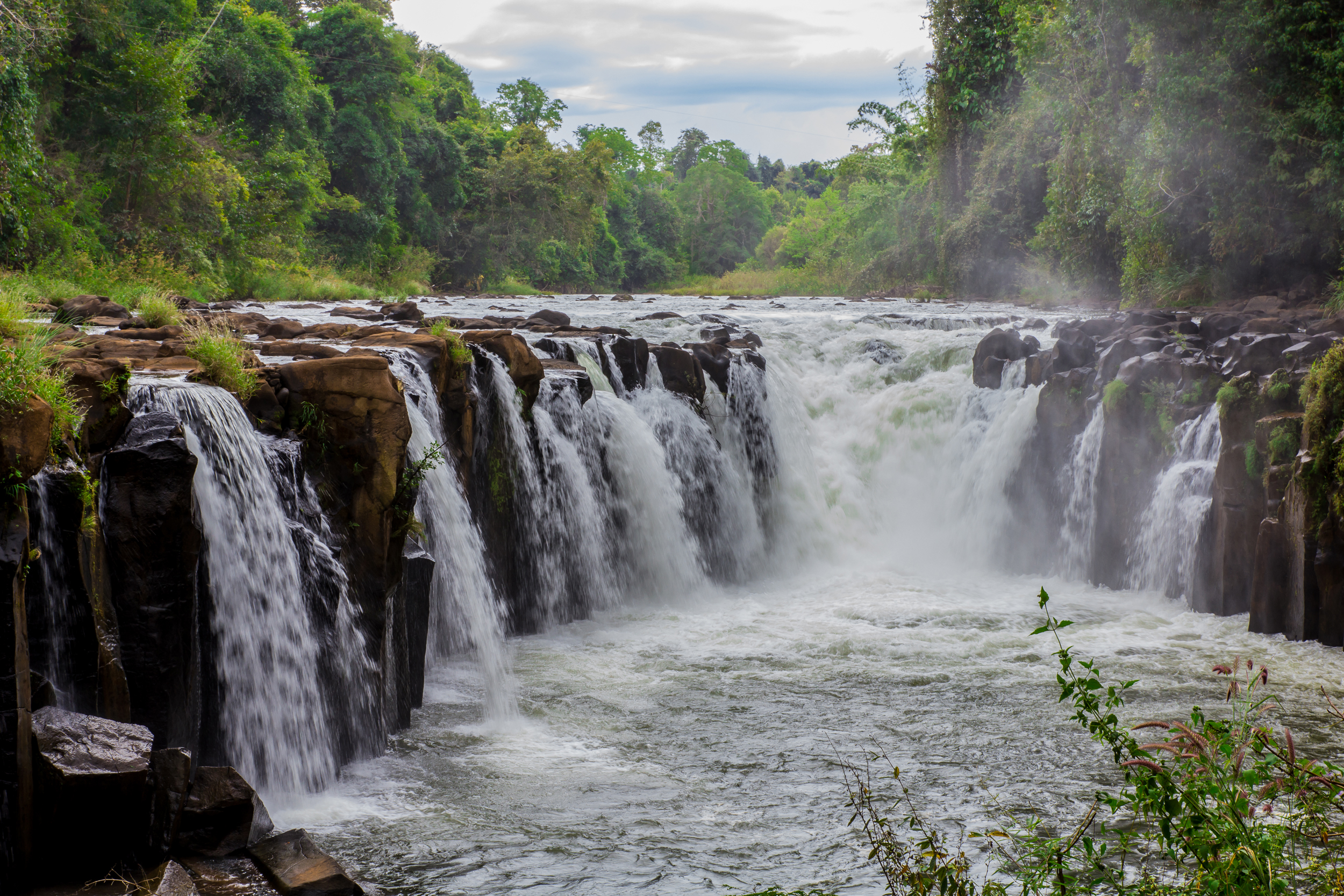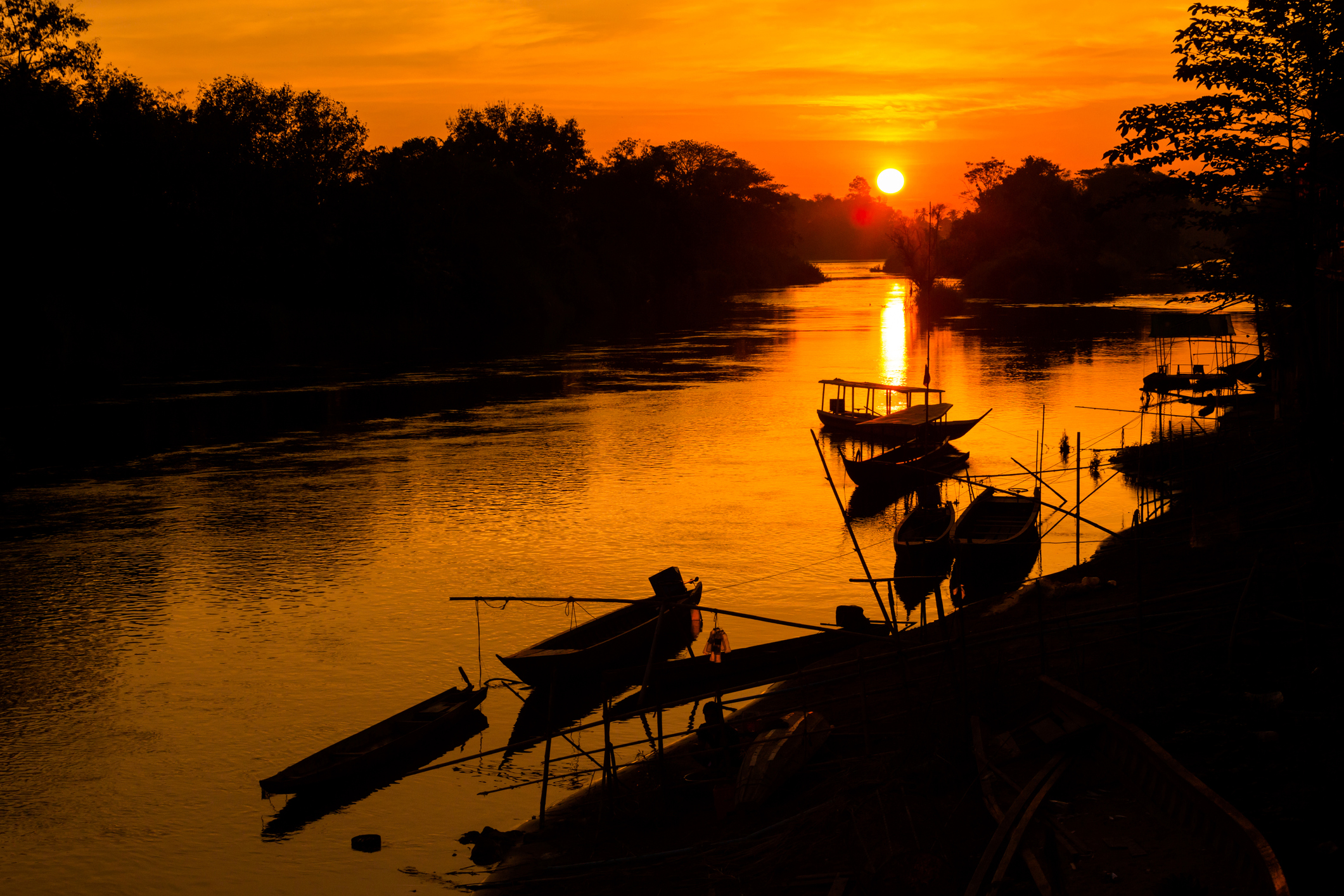
Pakse & the Bolaven Plateau
Built by French, Chinese and Vietnamese immigrants at the turn of the 20th century, the city of Pakse isn't a stunner, but it’s the jumping-off point for some of Laos’s most exciting adventures – including the waterfalls and coffee plantations of the Bolaven Plateau.
Founded in 1905 as an administrative outpost, Pakse’s first residents were French, Chinese and Vietnamese, and if you hunt hard enough you can still find the crumbling remnants of its colonial origins scattered through town today. Heavily bombed during the Vietnam War, Pakse retains few of its original features, but it’s lively and friendly – and offers travellers a chance to take a breath and enjoy some creature comforts before heading into the remote and adventurous south.
One of our favourite places to visit from Pakse is the Bolaven Plateau. This highland region east of the town has rich volcanic soil and a temperate climate perfect for growing green tea and coffee. Besides being the best place in the country to sample kaa-feh Lao at the source (which some connoisseurs claim is the best coffee in the world), it’s also a fantastic chance to explore the villages of the Laven, Alak, Katu, Taoy and Suay ethnic minorities. While most travellers follow a circular route through the same sequence of villages, we prefer to head off-piste and whip through the interior of the plateau in an open-topped Jeep, stopping in at villages and waterfalls that rarely see visitors. Exhilarating or terrifying – it depends on your point of view!



